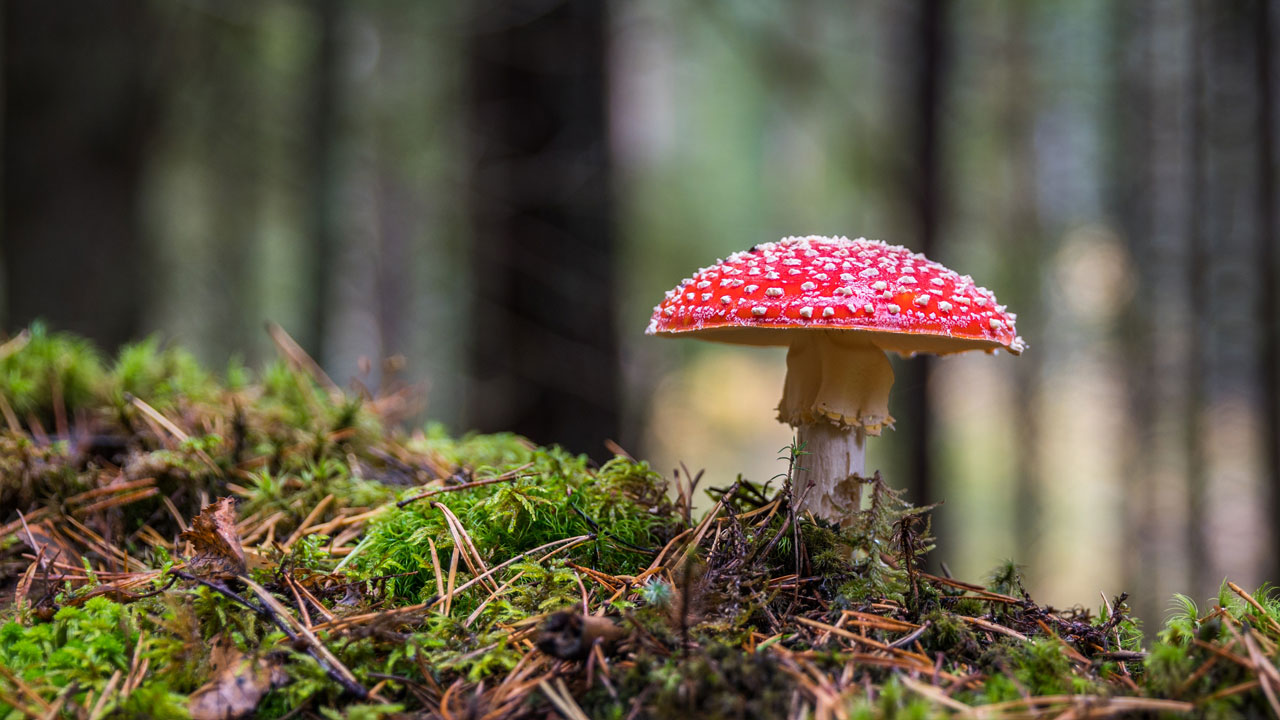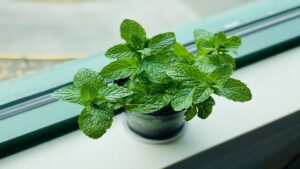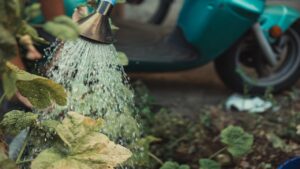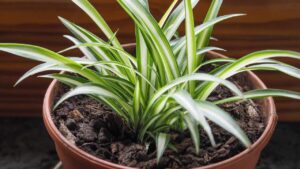If You Walk Through the Woods and See It, Don’t Go Near It: That’s Why
Those who are used to taking walks in the woods from time to time will know well the numerous risks that can be hidden among the trees and plants. Being cautious with every step is crucial to avoid encountering serious dangers. However, this doesn’t mean that walking in the woods isn’t enjoyable, it has an extremely rejuvenating effect on both the mind and the spirit. The advice I can offer, if you’re not experienced, is to stick to well-marked paths and avoid touching unfamiliar elements that could potentially be poisonous. The mushroom in the photo below might surprise you—it’s extremely poisonous, so I strongly advise against touching it due to its toxic spores.
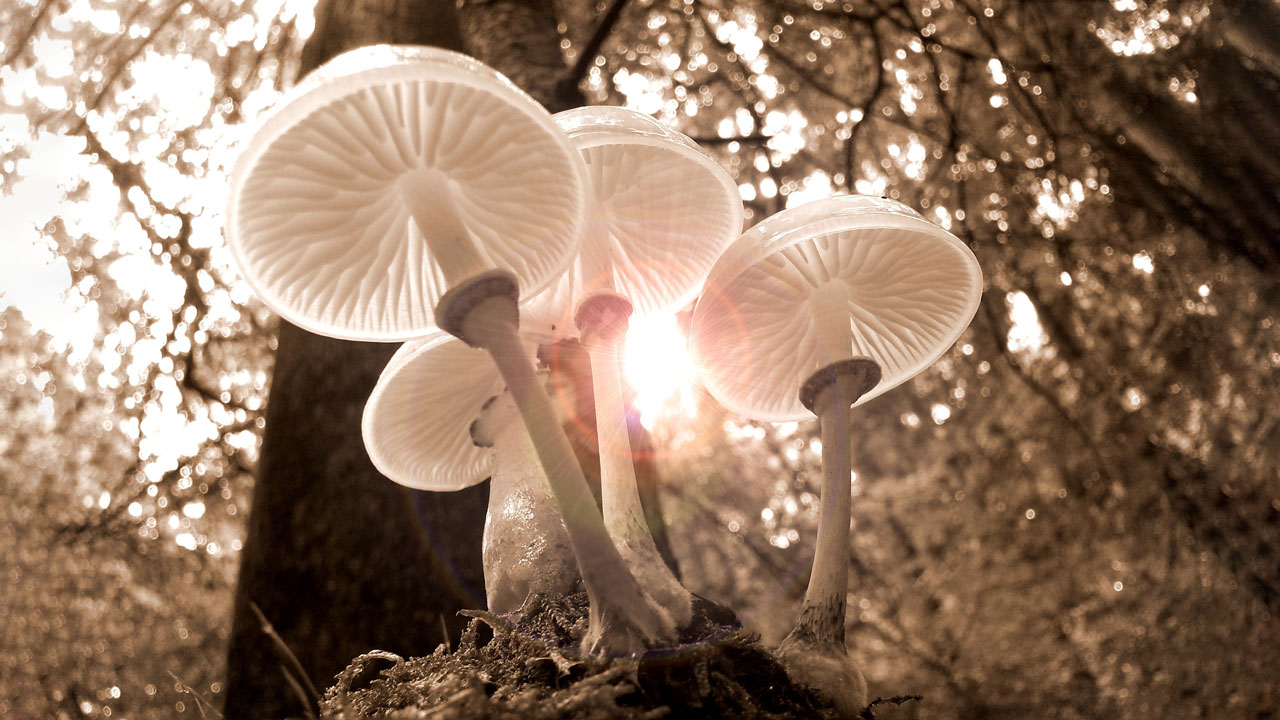
Leave the Mushrooms to the Experts
The forest creates an enchanting habitat for mushrooms, thanks to its terrain and favorable environmental conditions. However, if you’re not an expert in identifying and collecting mushrooms, it’s best to leave them where you find them. There is a vast variety of mushrooms—some are delicious, others have unique shapes, and some are poisonous. That’s why I strongly recommend refraining from collecting mushrooms unless you’re absolutely certain of what you’re doing. You might not know, but there are 700,000 mushroom species in the world, each differing significantly from the others in many ways. In any case, to avoid risks to your own safety, I advise you not to touch mushrooms in the woods.

Among the 700 thousand species of mushrooms, you’ll find some with truly unique characteristics in terms of their shape, color, and even size. Some mushrooms grow to exaggeratedly large sizes, while others exhibit almost surreal and vibrant colors.
Certain naturally occurring mushroom species amaze with their flashy coloring. You might encounter mushrooms that are purple, orange, yellow, or even electric blue. Despite their varying sizes, it’s crucial to avoid touching them, as many of these brightly colored mushrooms can be highly toxic.
